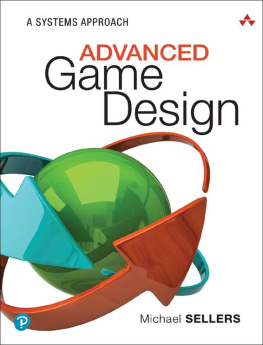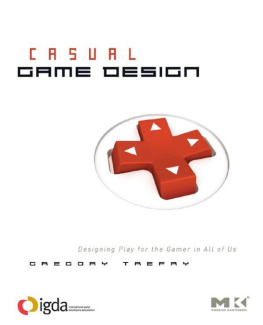Appendix A. Glossary
AAA game (triple A):
Any game that has been developed with sufficient budget and emphasis on quality to be considered to be of the highest quality in comparison to other games developed at the same time.
Achiever:
One of the four Bartle types (q.v.), representing players focused upon acquiring concrete measures of success in the game world, such as experience points or money.
Agon:
Games of competition. The class of games identified by Roger Caillois that are focused around competition and the desire to prove oneself in direct contest with others [Caillois58].
Alea:
Games of chance. The class of games identified by Roger Caillois which, in their purest form, are focused around surrendering to chance or destiny such that ones own abilities are irrelevant to the outcome [Caillois58].
Alternate reality games (ARGs):
Games in which the players are delivered or discover content in the real world, through websites, text messages, and other multimedia methods. The content may also develop dynamically, according to the actions of the players.
Amusement:
The emotion associated with laughter.
Amygdala:
A part of the limbic system (q.v.) associated with emotional memory, and in particular with fear.
Anger:
An emotion that provokes action; the fight of the fight or flight response (q.v.).
Artisan:
One of the four patterns of behavior in temperament theory. The Artisan temperament is associated with a desire for freedom to act, and the ability to make an impact.
Association area:
An area in the brain involved in forming memory, a process apparently coordinated by the hippocampus (q.v.).
Audio center:
An informal name for the temporal lobe (q.v.), focusing on its main sensory function.
Audio cues:
A sound intended to signal information to the player, such as a noise that tells the players their avatars have been spotted, or that they have leveled up.
Auditory disabilities:
Hearing problems of any kind, from mild hearing difficulty to total deafness.
Avatar:
Another name for the players character or game world representative.
Bartle type:
An audience model developed by Richard Bartle for describing players in virtual worlds such as MMORPGs (q.v.) [Bartle96].
Blind testing:
Examining how players who have never encountered a game before cope with the rules, the interface, and the nature of the play of such a game, in order to improve the games accessibility and perhaps also to reduce the learning curve (q.v.).
Casual game:
A game targeting casual gamers (q.v.), characterized by being based on few rules, and thus easy to learn, and having a more forgiving attitude towards play [Elrod08]. The three common genres are match 3 , time management , and hidden objects (q.q.v.) [Irwin08].
Casual gamers:
An audience segment that spends less money and time playing videogames than the hardcore gamer (q.v.) audience. However, many casual gamers still play games every day.
Cerebellum:
A region of the brain, at the back and underneath, associated with motor control and the learning of motor skills.
Cerebral cortex:
See cortex (q.v.).
Closed captioning:
Text that delivers both subtitles for speech, and also text versions of relevant sound effects and other non-speech elements.
Cognitive disabilities:
A wide range of disabilities including (but not restricted to) memory loss, attention deficit disorder, learning disabilities, and dyslexia.
Computer role-playing game:
A game in which the player adopts the role of one or more characters, and which traditionally involves a number of progress mechanics through which the character or characters are developed. Compare with tabletop role-playing game (q.v.), from which the videogame form evolved. In this book, computer role-playing game is abbreviated cRPG.
Conqueror:
The archetype of the Type 1 play style in DGD1 (q.v.), focused on challenge and fiero.
Core gamer:
Synonym for hardcore gamer (q.v.).
Cortex:
The outer layer of the brain, often divided into the frontal , parietal , temporal , and occipital lobes (q.q.v.).
cRPG:
Acronym for computer role-playing game (q.v.).
Cut scene:
A short movie presented to the player at specific points in a game.
Decision center:
An informal name for the orbito-frontal cortex (q.v.).
DGD1:
An audience model developed by Chris Bateman and Richard Boon that examines relationships between certain psychological models and play.
Diplomatic:
The skills associated with the Idealist temperament (q.v.), focused around empathy, the resolution of differences, and abstract thinking.
Dollplay:
A form of mimicry (q.v.) in which one acts out stories with dolls or similar simulacrums.
Dopamine:
A neurotransmitter, primarily produced by the nucleus accumbens (q.v.), that is involved in the formation of habits and the process of addiction.
Easy Fun:
One of Nicole Lazzaros Four Fun Keys (q.v.) concerned with games of curiosity, and associated especially with the emotion of wonder (q.v.).
Emotional Contagion:
The tendency to express and feel emotional states that are similar to those people nearby. This is especially true of laughter, but can be observed with almost all emotions.
Engagement:
A state of focus upon an activity, such as a videogame.
Epinephrine:
Technical name of the neurotransmitter adrenalin, associated with excitement and fear (q.q.v.).
Excitement:
An emotional response to novelty, challenge, or pressure.
Explorative learning style:
A learning style (q.v.) in which a person prefers to experiment, and is willing to take risks to do so, rather than being explicitly taught. Compare with modeling learning style (q.v.).
Explorer:
One of the four Bartle types (q.v.), representing players focused upon learning about the game world, and finding hidden places and things.
Fear:
Excitement (q.v.) under the expectation of negative outcomes.
Fear center:
An informal name for the amygdala .
Fiero:
The emotional feeling of triumph over adversity. It is often expressed in body language by raising ones arms above ones head.
Fixed schedule:
A type of reinforcement schedule (q.v.) in which reward comes after a predictable number of actions (fixed ratio schedule) or a predictable time duration (fixed interval schedule). These schedules produce a pause after the reward because from the players perspective you must do it all over again for your next reward.
Flow:
The experience of devoting total concentration effortlessly upon a task; also known as optimal experience [Csikzentmihalyi90].
Flow channel:
The state of optimal experience that occurs in Flow (q.v.) when the degree of challenge is proportionate to the individuals skills.
Four Fun Keys:
A model of play developed by Nicole Lazzaro based on observations of the emotions observed when players engage with their favorite videogames.
FPS:
Acronym for First Person Shooter.
Frontal lobe:
An area at the front of the human cerebral cortex (q.v.) associated with cognitive function and decision making, especially in the orbito-frontal cortex (q.v.).
Fun factor:
A generalized term for anything about an experience that is engaging, entertaining, or amusing to people.
Game literacy:
Experience playing games. Players with considerable game literacy can be considered hardcore (q.v.), and those without this experience can be considered casual (q.v.).
Game mechanics:
The rules of a game that determine how play will be structured.

![Chris Bateman [Chris Bateman] Beyond Game Design: Nine Steps Toward Creating Better Videogames](/uploads/posts/book/119409/thumbs/chris-bateman-chris-bateman-beyond-game-design.jpg)
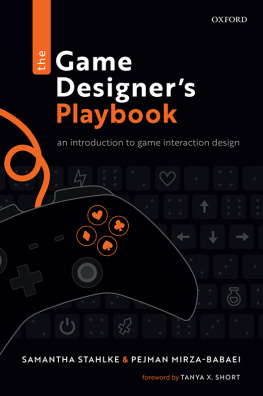
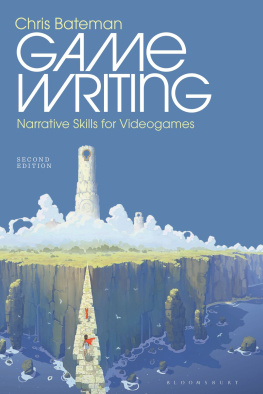
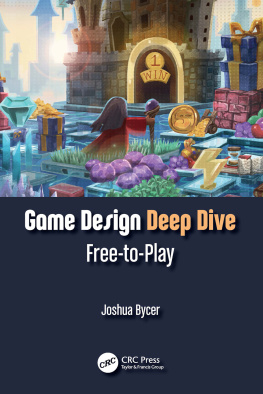
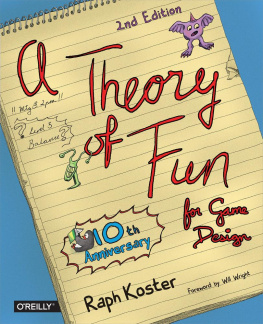
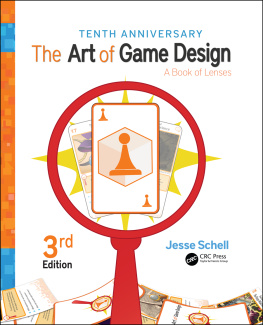
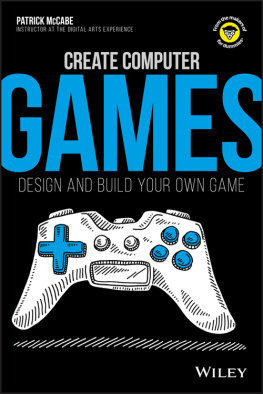
![Jesse Schell [Jesse Schell] - The Art of Game Design, 2nd Edition](/uploads/posts/book/119435/thumbs/jesse-schell-jesse-schell-the-art-of-game.jpg)
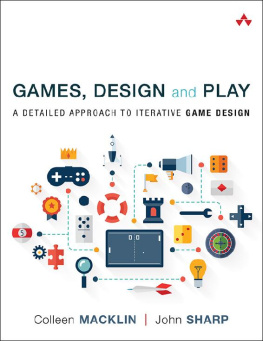
![Ethan Ham [Ethan Ham] - Tabletop Game Design for Video Game Designers](/uploads/posts/book/119417/thumbs/ethan-ham-ethan-ham-tabletop-game-design-for.jpg)
